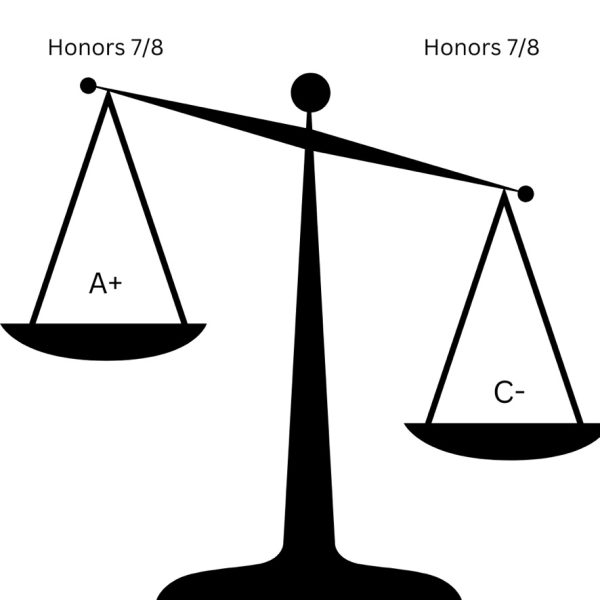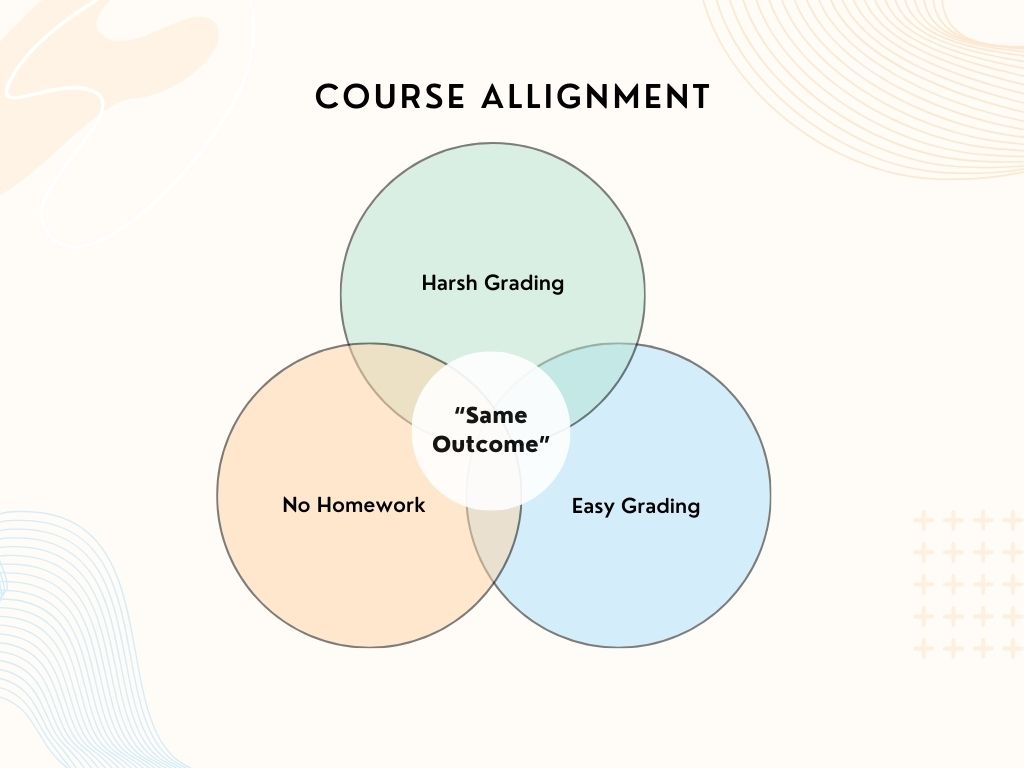When considering which classes to take each year, students must contemplate multiple factors, including how the rigor of a class fits with a schedule, overall interest and opinions formed based on feedback from peers. Nevertheless, while the outcome of what the students learn in the class should be the same, teaching methods differ heavily.
Community newspaper Palo Alto Weekly published a report written by Elena Kadvany to “reveal the need for more teacher collaboration time [and] course alignment without sacrificing teacher autonomy or innovation.” The Palo Alto school board discussed an in-depth curriculum integration study surveying students, teachers and administrators.
“The report points to a need for more teacher collaboration time, better communication between teachers, departments and schools and an understanding that the district is hoping, ideally, to create more alignment,” Kadvany said.
The survey found various opinions between teachers and students. Many teachers reported consistent grading practices within the same courses, while most administrators surveyed disagreed. Kadvany additionally reported that many teachers underestimate the time students spend on homework for their class, whi

le students report back with longer hours. To solve this problem, Palo Alto’s school board approved a homework policy that imposed a 15-hour weekly cap on homework load for all high school students.
Senior Director of Curriculum and Institution Paula Berry explained that the Tamalpais Union High School District has a “tight-loose” policy, meaning there are no restrictions on teaching methods, grading policies and homework load. The policy allows different teachers instructing the same subject to teach a class however they prefer, as long as the requirements for what must be taught are met. This allows for varied teaching styles across the same curriculum.
“Our teachers have a lot of autonomy and flexibility with how they teach,” Berry said. “Our board has a five-year cycle policy where courses are revised and updated to be in alignment with either the district, state or nation.”
However, many students still feel disconnected from classes in the same subject with different teachers. With no limitations on how each teacher should lead instruction, students have noticed that peers taking the same courses with different teachers may have different experiences. Junior Austin Feehan expressed how this can feel inequitable.
“The curriculum [policies] on subjects should be more strict. I don’t think it’s fair that depending on what teacher you have, the difficulty of a test can change,” Feehan said.
He continued to explain that some people spend hours on homework each night for certain subjects while other students with different teachers have none.
“It’s not like this for every class; there are some subjects that teach more similarly than others,” Feehan said.
While some teachers take it upon themselves to plan for course coherence, it is not required. Because of this, many students often feel an imbalance between taking the same class with different teachers. Not only are homework loads different, but so is the frequency of tests. Teachers are also able to test differently based on their preferences and grade assignments however they want. Junior Hugo Gebhard conveyed the impact this disparity has on students.
“It definitely affects people’s grades because it’s not very regulated. It [seems] unfair,” Gebhard said.
While it would be ideal for teachers to be provided with this time, there is still no policy to ensure it. This means that teachers would have to independently choose to collaborate with other teachers instructing the same course to plan consistency.
“Teachers get release time; they can have days out of the classroom where we pay for their sets or have extra pay to work in tandem or collaborate to work with their peers. It’s all on a voluntary basis. A lot of teachers don’t want to leave the classroom because they want to be with [their students],” Berry said.
Currently, the only policy concerning continuity among curricula is the school-wide policy on percentages.
“The only policy that the board has [on grading] is that we maintain a percentage breakdown. Where a 90 to 100 [percent] is an A,” Berry said. Ultimately, it comes down to how collaborative each teacher chooses to be. Specifically at Redwood, some subjects are more similarly taught than others for this reason.
While Gebhard and Feehan believe that aligning teaching styles would benefit students, Berry explained that adjusting to different teaching styles can also be beneficial and emphasized the importance of finding ways to learn with contrasting teachers.
“Specifically in honors or AP classes, two people can get the same grade boost for really different amounts of work,” Gebhard said. Attaining the same credits for different levels of work can potentially lead to frustration among students.
The Tamalpais Union High School District is working towards a more synchronized teaching style across subjects. However, there is still not a specific plan for what the next steps will look like.
“Our district is trying to get a common bell schedule with some common planning time that might better allow teachers to have time to work on curriculum and collaborate,” Berry said.
Until further steps are taken toward standardizing courses, teachers will still have a relatively significant amount of freedom regarding teaching methods, grading, homework and overall class difficulty. While this can spark discouragement among students, Berry also noted that although it would be helpful to have a more strict policy that aligns courses, students gaining the skill to adjust to a teacher is helpful in preparation for college.
“There’s some value in that too. Figuring out what you have to do to be successful because you’re going to continue to experience that as you navigate into college and beyond,” Berry said.







